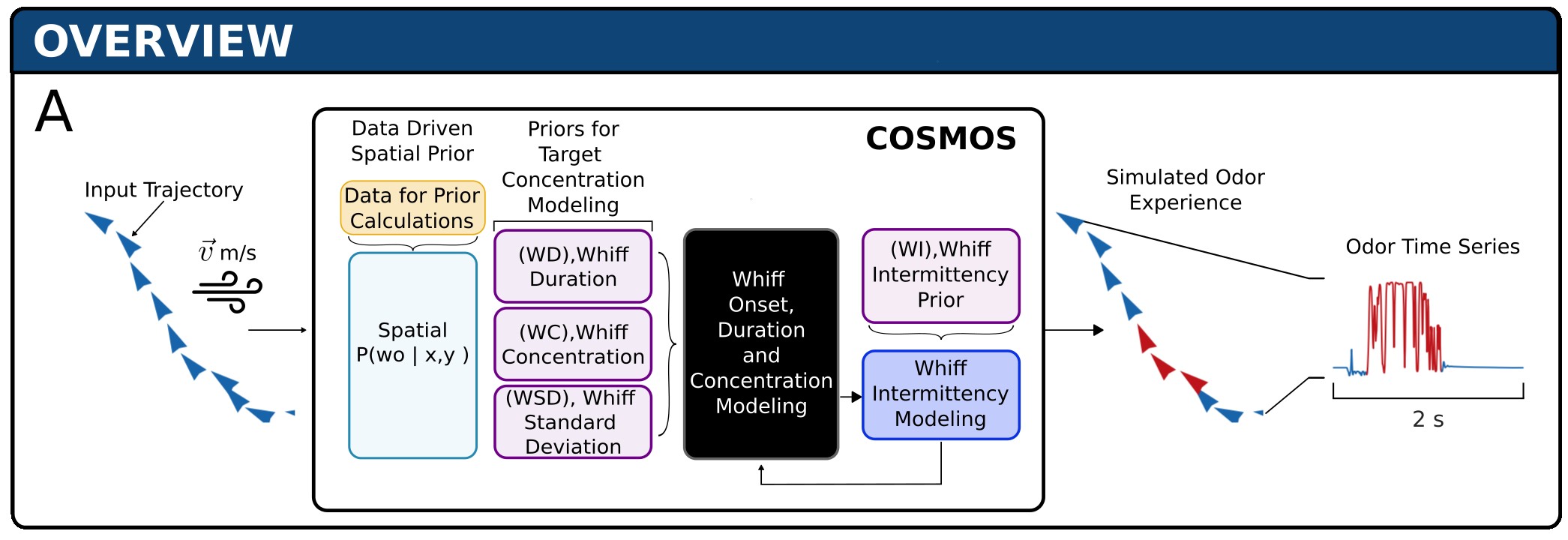Arunava Nag

Computational Microscopy / Imaging, Machine Learning, Immunology
🩺 I’m a postdoctoral fellow at the University of Chicago, where I apply computational microscopy and machine-learning methods to high-resolution CODEX images of lupus-affected kidney tissue. My work focuses on advanced cell segmentation and phenotyping pipelines, and map findings from human renal cells to mouse to uncover novel mechanisms of lupus pathogenesis in the kidney.
Ph.D., Computer Science, University of Nevada, Reno
During my Ph.D. in Computer Science at the University of Nevada, Reno, my research leveraged large noisy real-world datasets, to develop predictive models using statistical analysis, machine learning and deep learning methods. I am proficient in Python, C++, and various data analysis/MLOps tools. During my PhD:
🦋 I developed and implemented statistical models and Kalman filtering techniques to enhance estimators for real- world dynamical systems on 15 million rows of real-world data from multiple sensors, resulting in an 82% prediction accuracy. RSI, 2024
🎮 I built a realistic odor simulator, COSMOS (Configurable Odor Simulation Model over Scalable Spaces), that provides an odor experience similar to an outdoor environment using data-driven probabilistic methods for whiff simulation and mathematical tools like logistic transform and autoregressive functions for smooth time series evolution. COSMOS is built with desire to provide a test bench for plume tracing algorithm development. arXiv, 2025

🛩️ I also integrated COSMOS with a physics enabled robotic simulator-Gazebo to further simulate the odor tracking challenges such as wind and gravity with an UAV and tested the simulation with a velocity controlled surge and cast algorithm. It was further translated into an actual UAV sysem.
A list of my publications and github repositories can be found here.
Senior Research Engineer, ROS-Industrial Asia Pacific, Singapore
🤖 I worked as a Senior Research Engineer at ROS-Industrial Asia Pacific for three years, where I developed industrial applications leveraging machine learning, robotics, autonomous navigation, computer vision, and virtual reality. During my tenure at ROS-Industrial Asia Pacific, I also served as an instructor for the Robot Operating System. Additionally, I led projects that integrated virtual reality with real-world robotics, significantly enhancing robot operator learning efficiency by 85%.
MS, Electrical Engineering (CV & Motion planning), North Carolina State University
🦾 🔧 In 2016, I received my MS in Electrical Engineering at North Carolina State University. My thesis focused on 📷 vision-guided collaborative robotics for manufacturing applications. Specifically, I developed an assembly line featuring multiple artificial agents and robots capable of performing complex assembly tasks of small components using point cloud processing and computer vision techniques.
Projects
- COSMOS : A data-driven probabilistic time series simulator for chemical plumes across spatial scales.
- Single cell CAR T patient response modeling : Modeled patient response for scRNA CAR T therapy using scanpy tools, random forests and CNNs.
- GPTalkTerminal : This is a command-line assistant implementation using ChatGPT API
- GeminiYoutubeSummarizer : Summarizes a youtube video using Google’s Gemini Pro LLM model